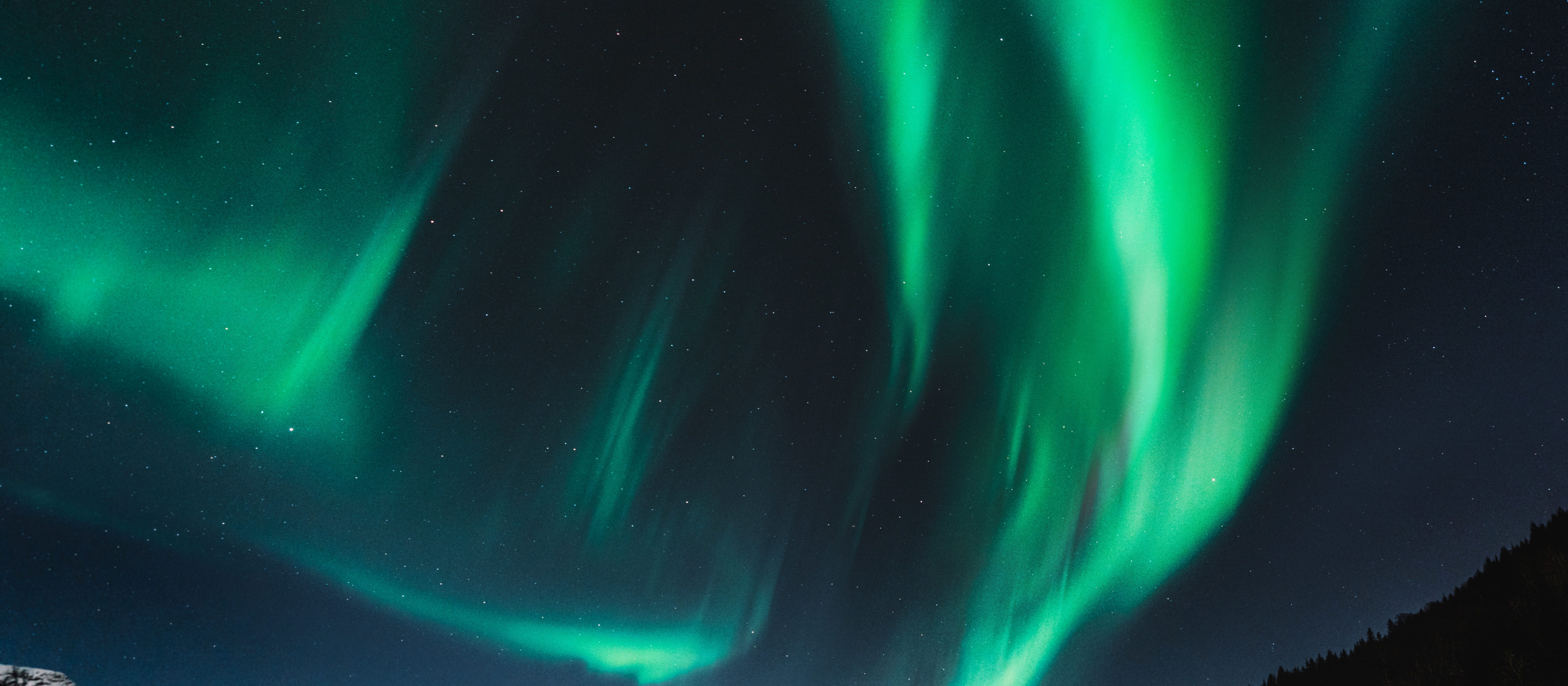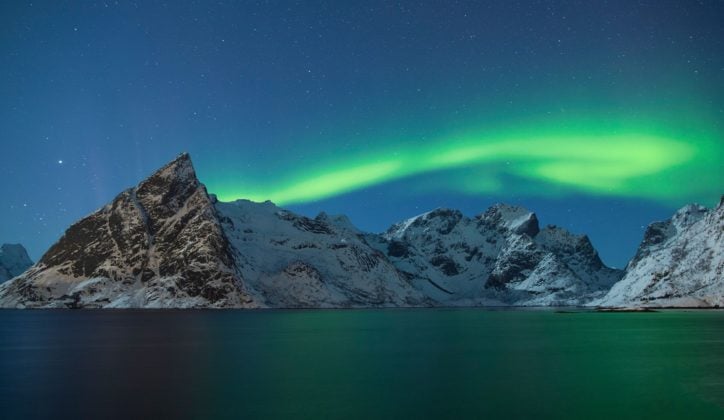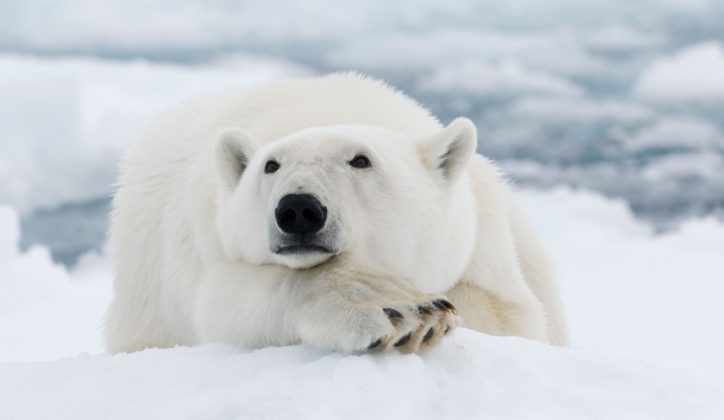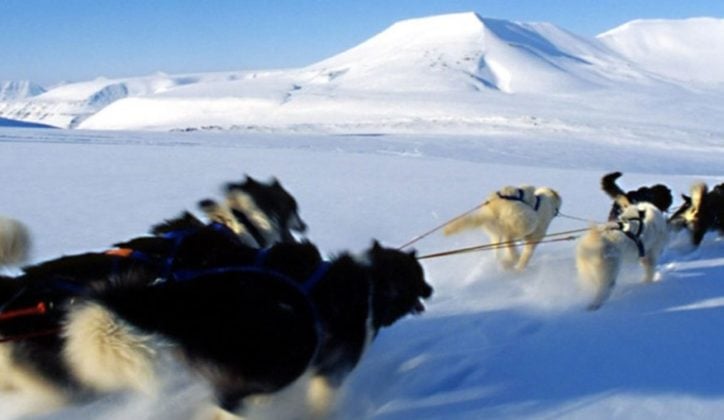Published on: November 14th, 2017
Last modified: July 28th, 2023
Norway is arguably one of the best places to see the Northern Lights dance across the Arctic sky.
While luck plays an important role, there are factors that increase your chance of glimpsing the magical aurora borealis – such as time of the year, weather, where you are, and even the length of your trip.
Read on to find out the best time to see the Northern Lights in Norway, along with more tips to help make your travel dream a reality.
1. Head to Norway in winter
Did you know auroras occur throughout the year? But the light summer months render them invisible, which is why the best time to see the Northern Lights in Norway is during winter – when days are shorter and nights darker. Go from October through to March for the best viewing opportunities (and read more about winter in Norway here).
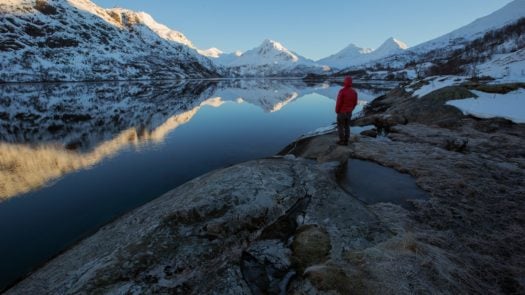
2. Choose a cloudless night
One of the main obstacles to seeing the Northern Lights (a.k.a. the Norway Lights, or Norwegian Lights, as they’re sometimes known) is cloud cover: a clear night gives you a better chance of spotting the otherworldly sight.
Ultimately, you should try to spend as much time as you can in Norway, so you have more opportunities to experience perfect conditions.
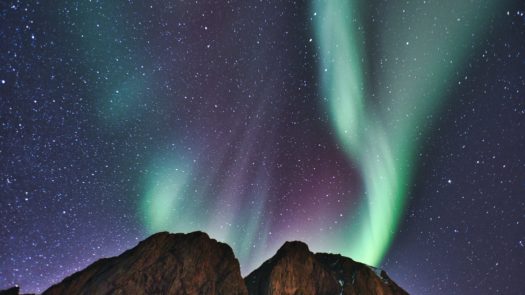
3. Avoid the full moon
For the best chance of seeing the Northern Lights, you should also aim for a moonless night (or as close to as possible), when the sky is darker. The best time to see the Northern Lights is around midnight when they’re the strongest, although you do have a chance of spotting them between 6pm and 1am.
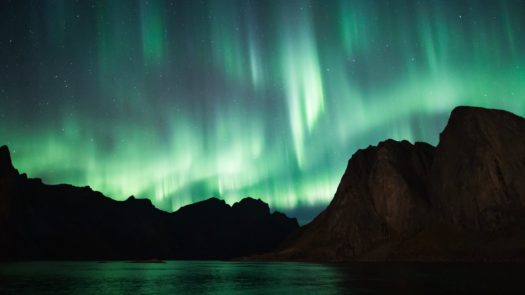
4. Go somewhere remote
Thanks to the impact of light pollution, the best place to see Northern Lights in Norway is out of the cities and away from busy roads.
Norwegian Lapland is beautiful by day and renowned for Northern Lights sightings at night. Venture into the wilderness in a husky sled and enjoy the snow hush as you gaze into the colour-washed night sky.
Or head into the Arctic Circle where you’ll find the craggy Lofoten Islands – another remote viewing spot. Here you can take your experience to the next level by boarding the Hurtigruten’s MS Midnatsol.
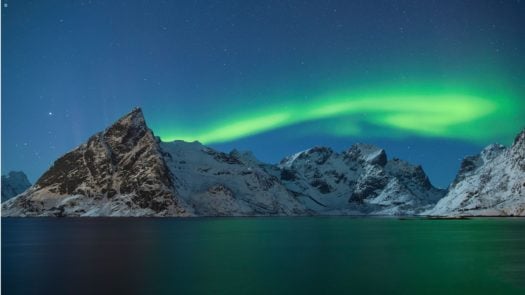
If you prefer to stay in amongst the hustle and bustle of the city, Tromso – known as the Artic Capital – is a fantastic base for your Norwegian travels. Spend your day absorbing local culture, then head out into the icy wilderness on a Northern Lights tour come nightfall.
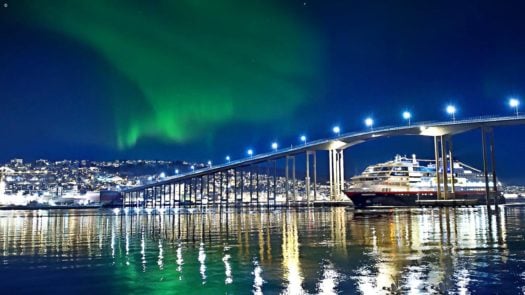
5. Know your sun cycles
The Northern Lights are strongest when an active area on the surface of the sun is facing the Earth. Since the sun rotates once every 27 days, aurora borealis sightings often follow a similar cycle. Which leads us to our next tip…
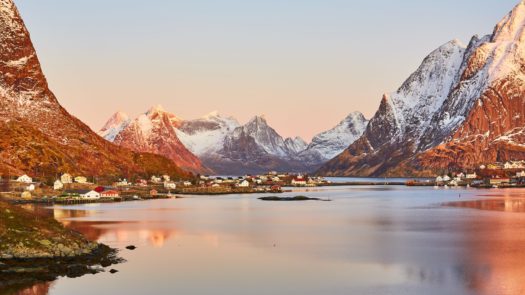
6. Trust your guide
When it comes to making the most of a once-in-a-lifetime experience, you’re best off trusting the experts. With their vast experience chasing the elusive sightings, a guide will be able to plan the perfect evening excursion that gives you the greatest chance of seeing the Northern Lights.
Plus, they can help you fill your daylight hours with plenty of fun, too.
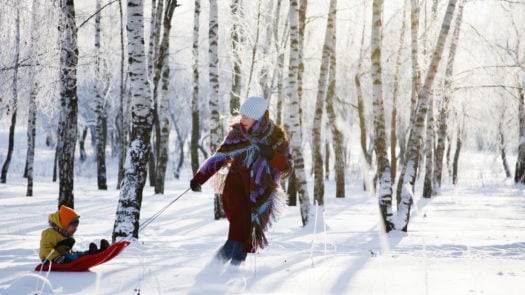
7. Hope for the best
The rarity of the Northern Lights is what makes them so special, but it also means seeing them isn’t guaranteed. You may be fortunate and witness activity every night of your trip, or you may have to hunt a little harder with less success.
Follow our tips, but remember to make the most of being in magical Norway, too. Sightings or not, you’ll make memories that are bound to be worth the trip.
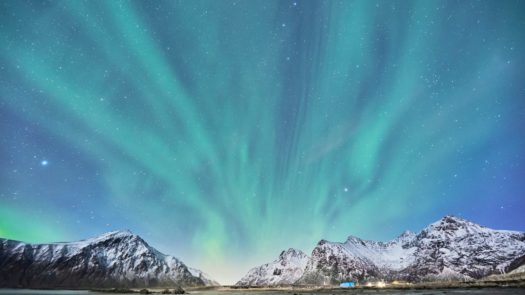
Discover our favourite Norwegian winter escapes
Ready to plan your winter escape to Norway? Ask our expert travel designers today.

